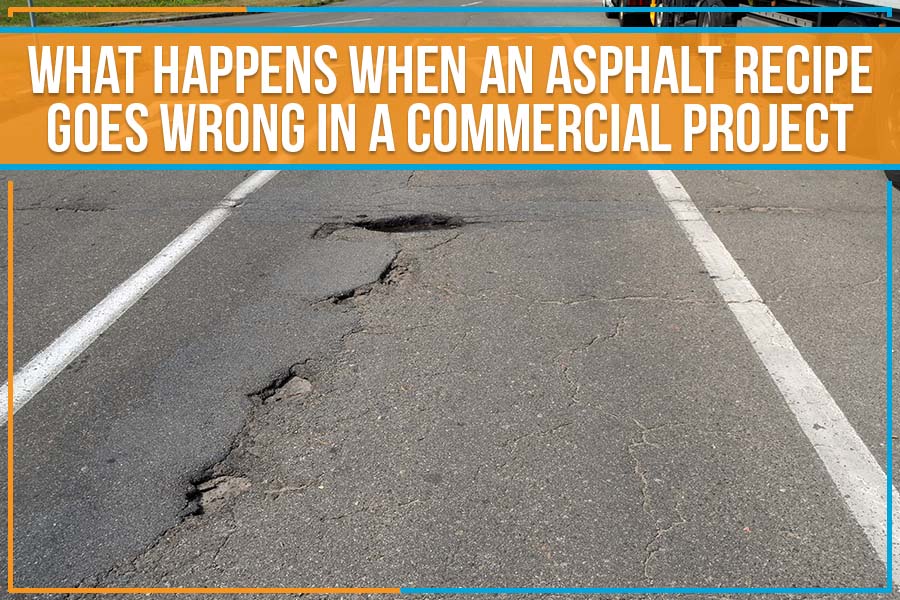Most asphalt repair and patching jobs revolve around pavement failures which manifest themselves after paving. Still, there is a category of pavement damage that can be even more costly to repair if not considered during the asphalt design mix phase. Cracks, ruts, and potholes occur because of flexible pavement stressing, water intrusion, and untimely seal coating. Some faults occur because pavement layers were laid wrong to begin with.
Before proceeding, here is a brief on layers in pavement design to acquaint you with the terms used in the pavement failures.
- Surface Course – This is the top asphalt that is seal coated to protect the layers beneath.
- Binder Course – The layer of hot mix asphalt layered by a tack coat to provide adherence to the asphalt layer above.
- Base Course – This layer is made of aggregate crushed rock. Depending on the load-bearing, the aggregate is coarsely crushed or finely blended. The base course is topped with a tack coat to allow binding to the binder course.
- Sub-base – This layer is composed of granular particles of crushed gravel or quarry rock.
- Compact Subgrade – This is a layer of native soil that is heavily roller-compacted to support the layers above, plus the vehicle loads. This layer is laid on top of the natural subgrade which is just the region’s local soil.
Now we come to the three faults caused by ruining the pavement layers. Think of it as spoiling your grandmother’s prized lasagna recipe to empathize with a sense of dread a repair contractor gets engulfed in.
Slippage:
This fault looks like loose skin rolls on the pavement surface. It occurs when contractors don’t apply a tack coat on the binder layer and overlay the asphalt. Any excess oil and dirt between layers can cause adhesive problems between the binder and surface course, even with a tack coat. The hefty repair costs come in the form of full-depth repair using hot mix asphalt.
Corrugation:
Undulated pavement occurs when the base course’s aggregate is too finely blended for heavy load-bearing and absorbs the overlaying hot asphalt in the binder course, turning into mush. Heavy vehicles passing overhead give the surface layer a wavy look as compaction is affected. Repairs either come as partial or full-depth repair for the affected stretch of the pavement.
Depression:
Also called birdbaths, insufficient compaction and soft asphalt are the culprits. A poorly compacted subgrade is like a dry cake sponge, waiting for moisture to turn into a collapsing mush that takes down all the layers above it to form a basin. The basin collects water, starts raveling, and becomes a pothole. The softer asphalt mix (meaning fine blend aggregate mixed into the asphalt) gives the depressions their characteristic shape. Patching depressions is futile because a full-depth repair will have to happen no matter what.
At J. Wilson Paving, we respect asphalt pavement and want the best for our clients when whipping up some asphalt lasagna in commercially savvy regions. We are active in Carlton Place, ON, if you need asphalt repairs or a new stretch to spruce up your curb appeal. Please get in touch for free quotes on our services. We also do pavers and landscaping in case you need to accessorize your pavement!






